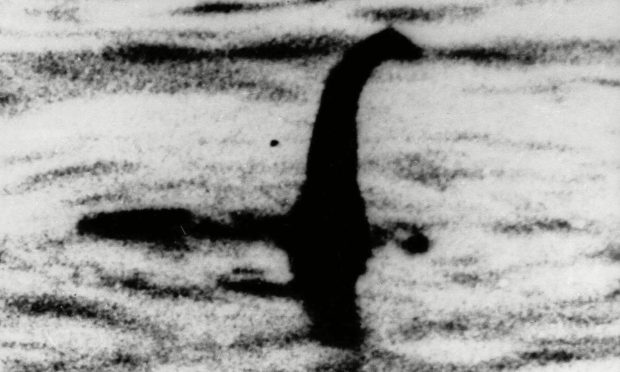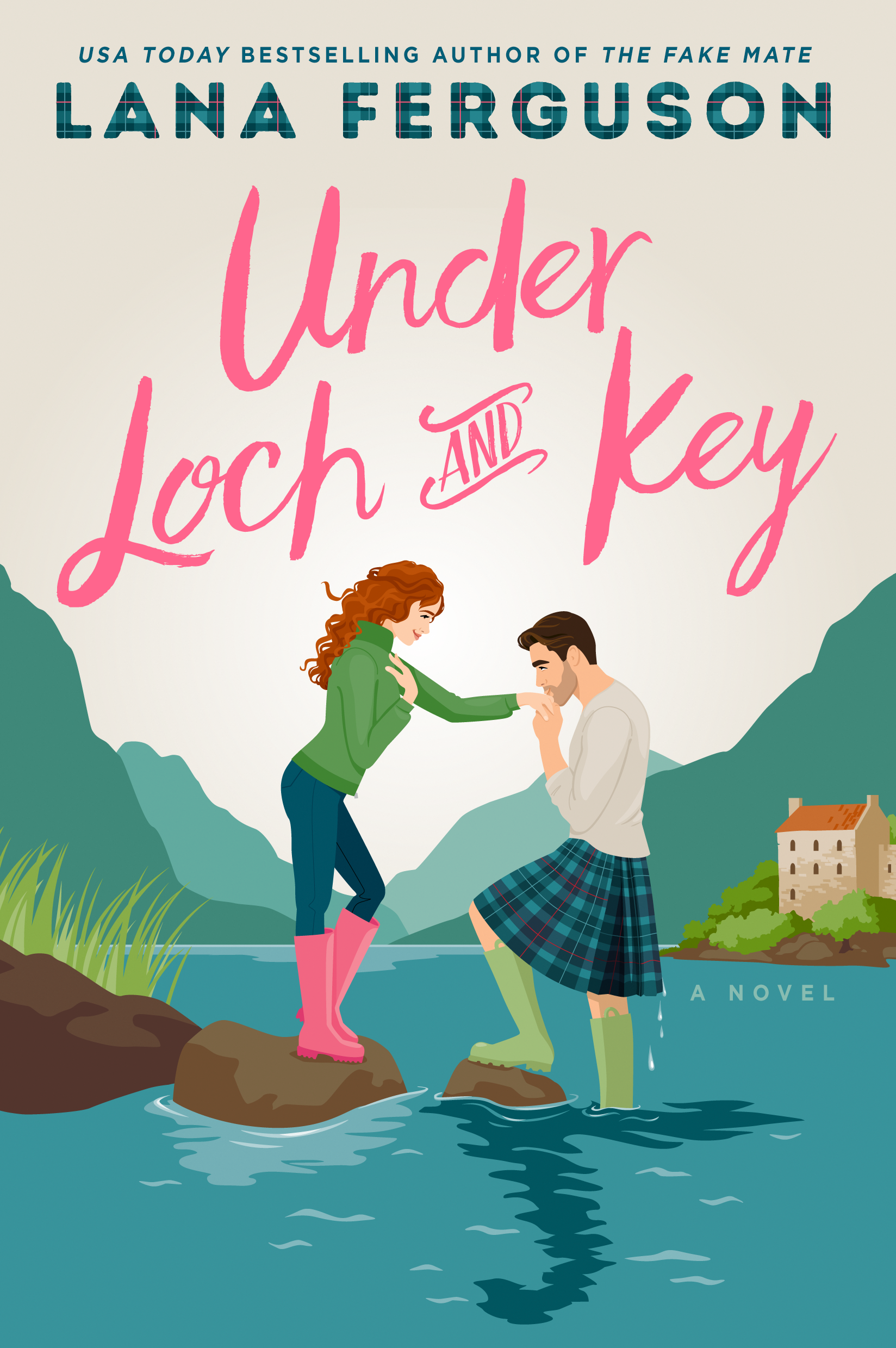A fictional book about the Loch Ness Monster has sparked controversy over the mythical creature’s supposed gender.
Best-selling American author Lana Ferguson is set to release paranormal romance Under Loch and Key in December.
But the book’s description has already provoked some strong opinions – as Nessie appears to be portrayed as male.
It follows Keyanna ‘Key’ Mackay, who travels to Scotland in a bid to uncover her family history but instead ends up being rescued by a mysterious man named Lachlan Greer – and the pair “quickly discover that magic might not only be in fairy tales, and that love can be a real loch-mess”.
The front cover shows a woman standing next to a loch, reaching out to a man whose shadow is similar to that of the Loch Ness Monster.
Nessie is one of the most recognisable cultural icons in the world and is typically referred to as female, with Visit Scotland and Visit Inverness Loch Ness both referring to the mythical monster as “she”.
‘I have never once in my life thought about the Loch Ness Monster and thought it was a man’
TikToker Shanbooks shared the cover on the video-sharing platform, stating: “Lana Ferguson is releasing a romance book about the Loch Ness Monster and I have never once in my life thought about the Loch Ness Monster and thought it was a man.
“Like, Nessie is a woman.”
One person commented: “I thought it was established knowledge Nessie is a woman
“Even here in Denmark that’s the common understanding.”
While another wrote: “My Scottish self is flabbergasted.”
@shanbooks why is there a man there??? #booktok #underlochandkey
When was the first sighting of Nessie recorded?
The first sighting of Nessie was reportedly made in 565 AD, by St Columba.
Another significant sighting would come centuries later in 1933 by the manager of the Drumnadrochit Hotel, Mrs Aldie Mackay.
Her account was reported by the Inverness Courier and this truly began the modern legend we know as the Loch Ness Monster.
Since then, most sightings report shapes in the water, or fast wakes that couldn’t be attributed to any boat activity.
However, it appears Nessie has taken a break from being in the public eye – as although there have been sightings in the last 30 years, it has become quite rare to spot her.
Author Lana Ferguson has been approached for comment.
Do you think Nessie is a girl or a boy? Let us know in the comments below.


